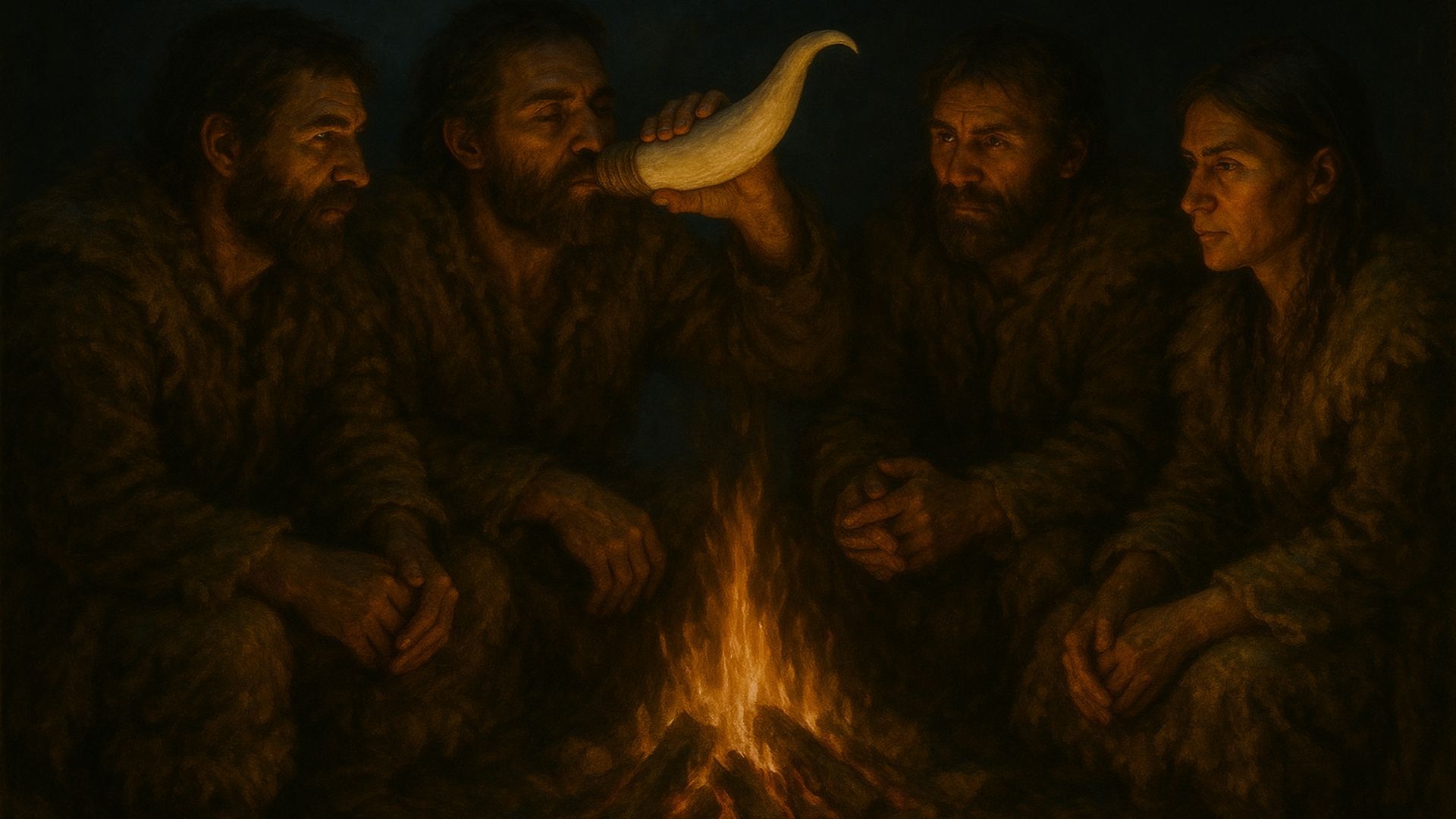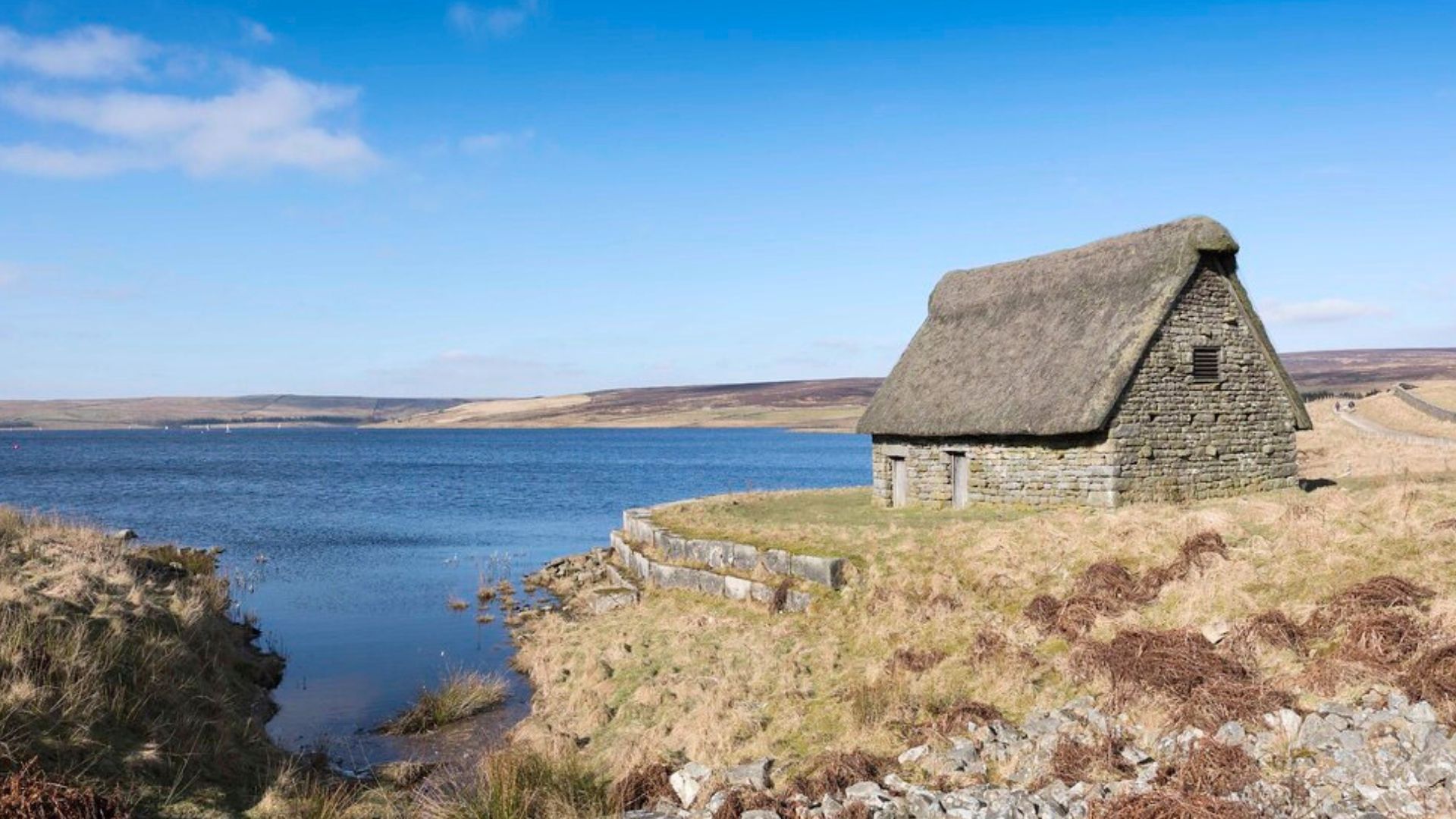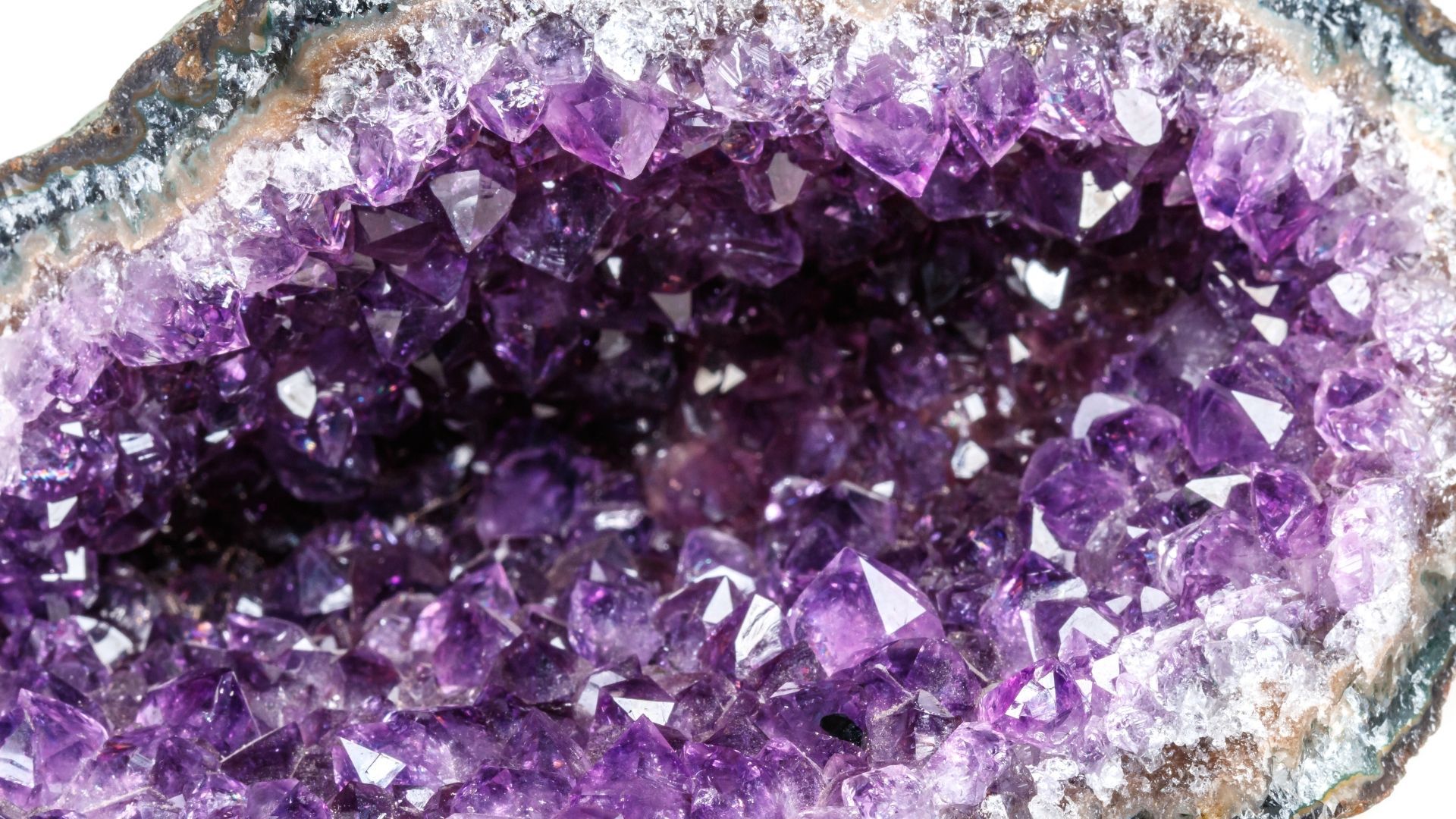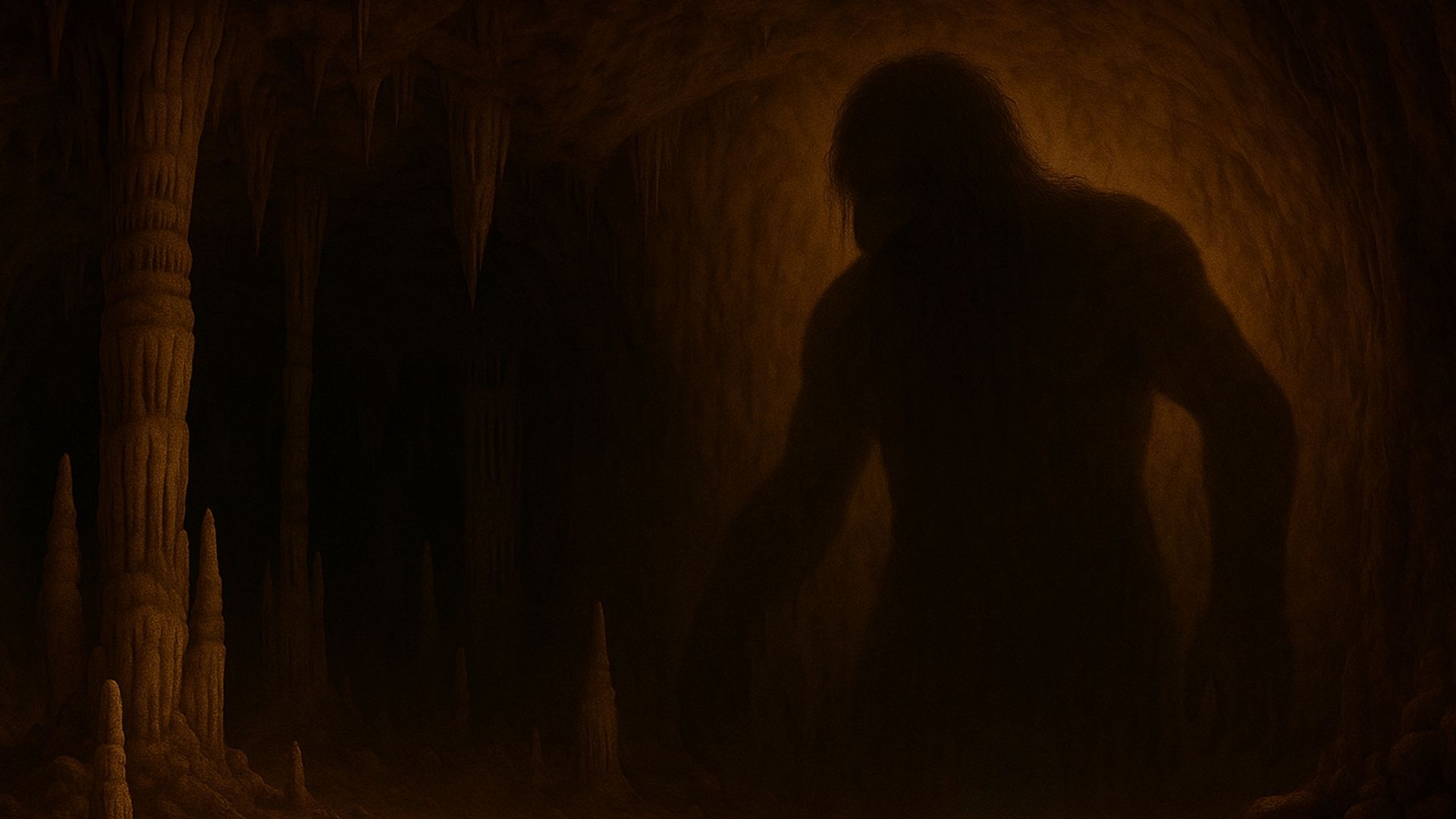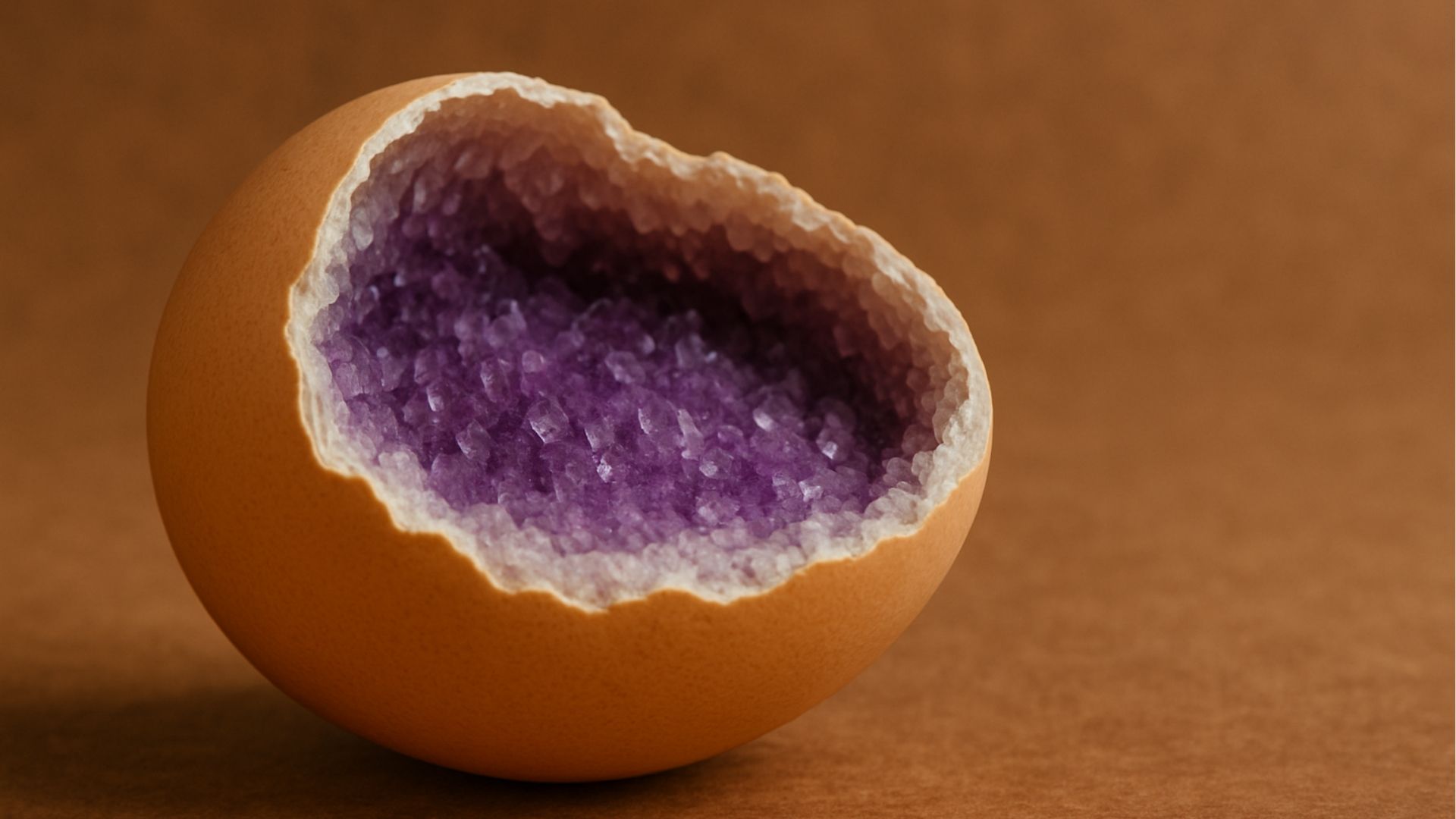Naturally occurring caves are home to a surprisingly varied ecosystem. Learn more about the flora that grows in caves around the world.
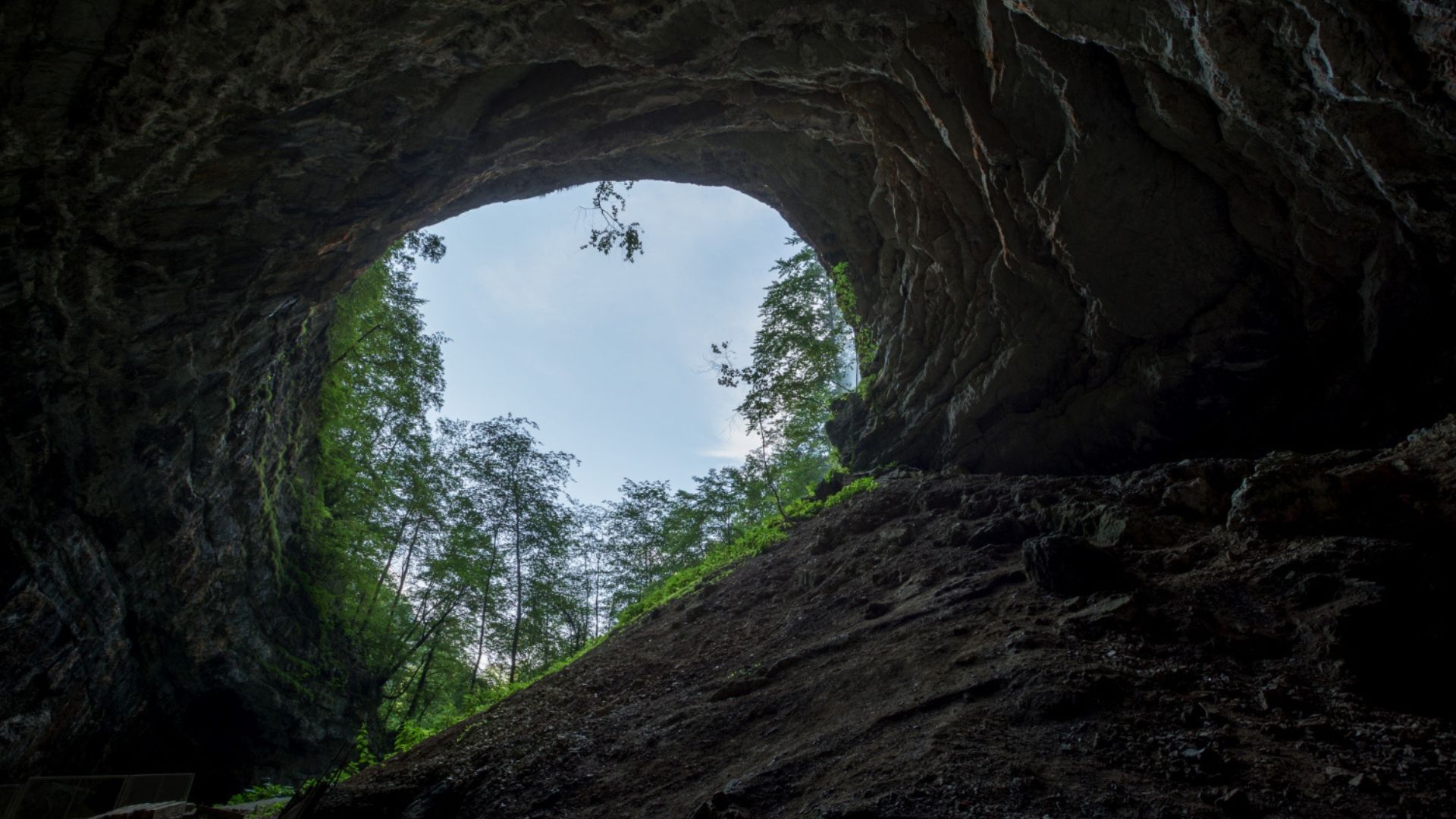
Caves are dark and plants need light – so surely caves rank with Greenland and the inside of a black hole for barrenness?
In fact, the cool and damp of naturally occurring caves allows many different types of vegetation to grow.
Some have adapted to survive on limited nutrients and light levels – plants like mosses, ferns, algae and lichens. But near the entrance, where sunlight can penetrate, there are taller plants. Some of these you might recognise from woodlands and streams.
But there's another type of cave plant too – so-called "lampenflora". These grow in show caves where there's artificial lighting.
If you're looking for exotic plants, caves are probably not for you – but that doesn't mean they're devoid of fascinating flora.
Algae and lichen
You may remember from science lessons that algae require photosynthesis. In other words, they need sunlight to grow.
That's true – but scientists have
discovered that algae can also survive and grow in the "dark zone" of a cave. This means many caves have thriving algae populations.
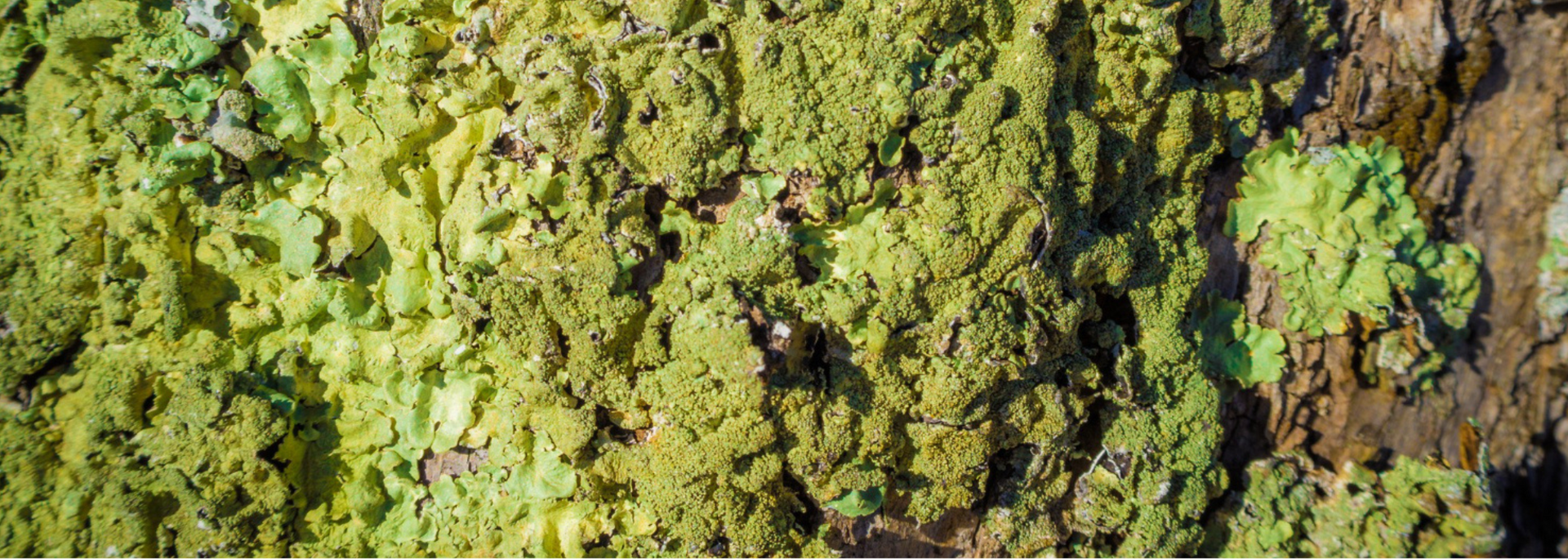
You're most likely to see green algae on the roofs and walls at the cave entrance. The deeper you go, the higher the chances of seeing its red cousin.
Algae are essential to cave ecosystems. Along with bat guano, they provide food for cave insects.
There's also lichen, which you'll know from tree trunks. A lichen is a simple organism that's somewhere between a fungus and an algae.
Despite their thin, peeling look, lichens are tough as old boots. They're able to survive low temperatures, high winds and even drought.
Cave moss
Near the entrance to many caves grow mosses, liverworts and other bryophytes.
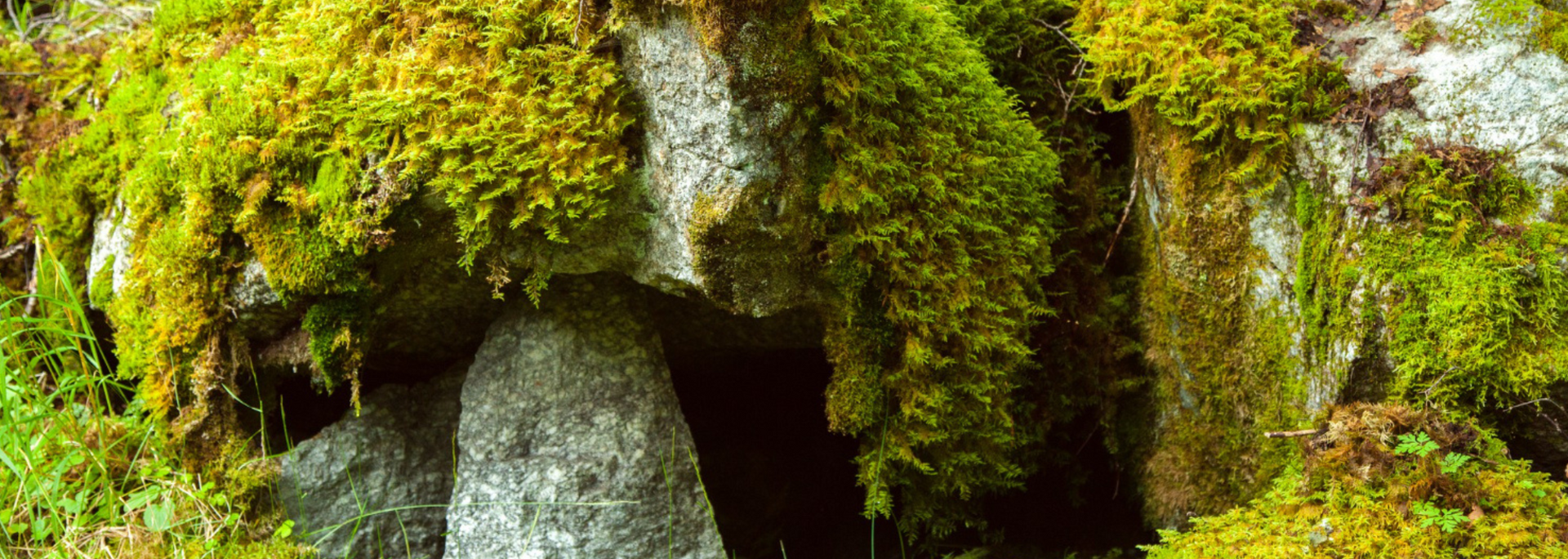
Unlike many plants, they don't need photosynthesis to grow, but absorb moisture through leaves or from the air – a process vividly described by poet Ella Frears: "The sun is a drink / the yellowest squash".
Some of these "threshold plants" are recognisable from other habitats. You might recognise fox-tail feather-moss from riverbanks, or common striated feather-moss from woodland carpets.
Threshold plants are part of what gives caves their prehistoric charm. For instance, the shield ferns that burgeon around the entrances to caves in Wales.
Did you know that ferns have been around for 400 million years? That's 300 million years before the first flowering plants. Like caves themselves, they're a visible part of our connection to the Earth's prehistoric past.
Taller plants
Other threshold plants include herb-Robert, saxifrage and wood sorrel. These crane their necks to reach the little light that's available at the cave mouth.
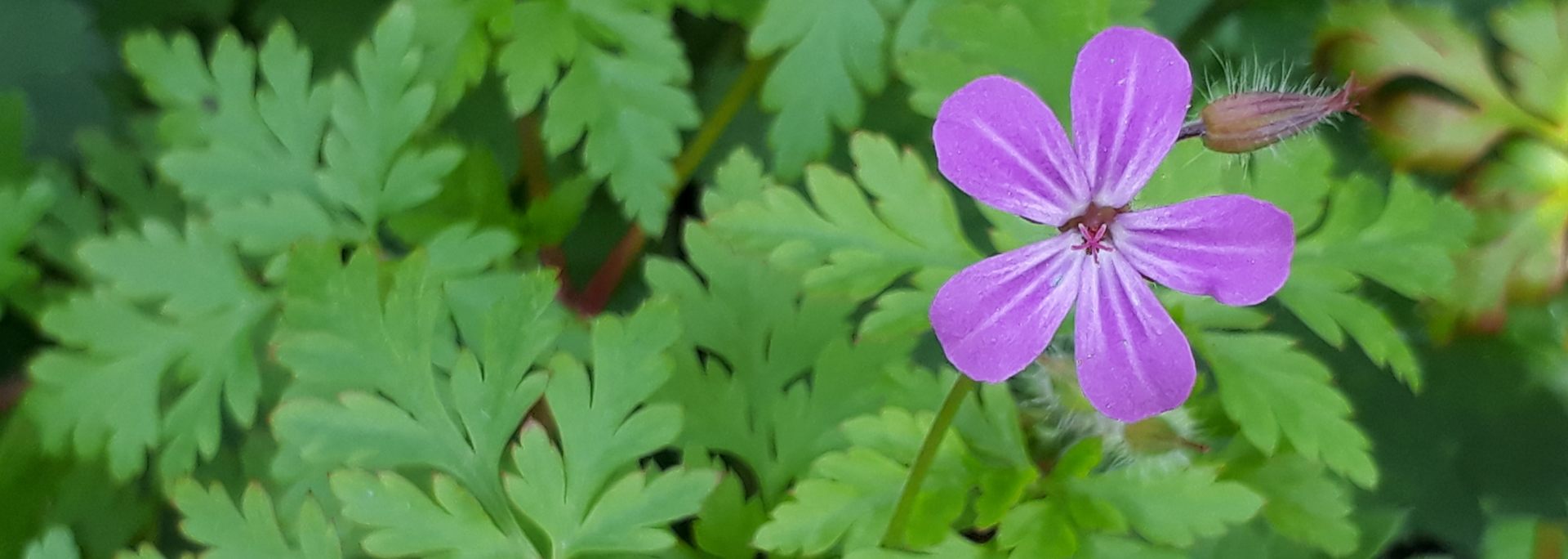
Other flowering plants at cave entrances include dog violet, ivy and stinging nettles.
In China, clumps of a new species of nettle have been found in
Yangzi caves. These caves were described by one researcher as "an eerie moonscape in which plants thrived in powdery 'soil' and perpetual twilight".
The nettles grow in the cave at points where there's as little as 0.02% of the overall sunlight – a bit like cacti, which can thrive on so little water.
The new species has been called
Pilea cavernicola, the Latin for "cave-dweller".
Elsewhere in China, researchers have surveyed more than 60 caves in the Guangxi, Guizhou and Yunnan regions. They've identified over 400 species at cave entrances, including 31 that are exclusive to caves.
The researchers think these were once part of the vegetation that spread out into the forest's "understory' – the layer of trees and shrubs that grow between the forest floor and the forest canopy.
Roots
In Quintana Ross, Mexico, tree roots have been found poking through the walls and ceilings of caves.
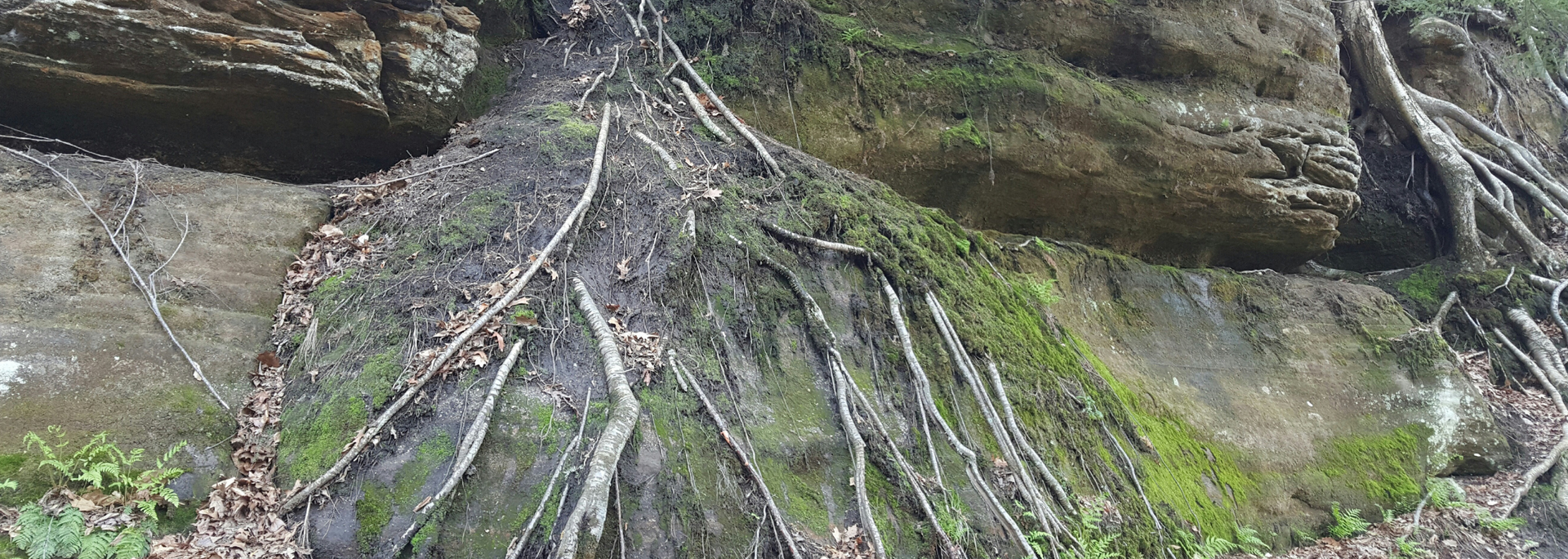
Roots are thirsty for water, so they push through fissures in the karst to find it in caves.
The roots of palms, lianas and other plants aren't uncommon in caves. They tend either to dangle from the ceiling or poke through the walls. Sometimes, they provide shelter for cave animals.
Roots are also believed to play a part in the production of "moonmilk": a fine, white cave material that has the look and texture of cream cheese.
Lampenflora
Humans have changed the world's ecosystems in innumerable ways – and show caves have played a part.
Caves that are fitted out with lighting often become breeding grounds for microscopic organisms like cyanobacteria and algae, along with the shoots of mosses and ferns.
These intruders were dubbed "Lampenflora" by botanist Klaus Dobat in the 1960s – literally, "flora that grows by lamplight".
They're not always a problem – but they can damage prehistoric cave paintings. Perhaps the most famous Western example of this is the cautionary tale of Lascaux in southwestern France.
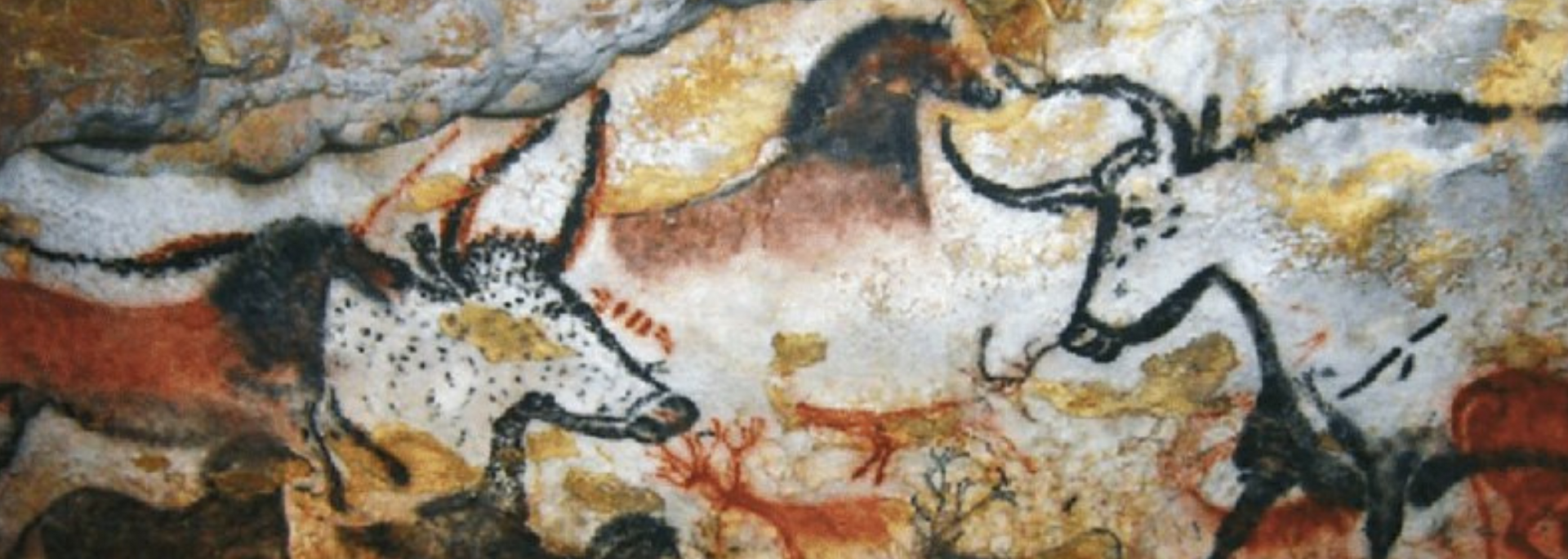
These caves were discovered by 18-year-old Marcel Ravidat's dog Robot in 1940. Marcel, Robot and his friends entered the caves and found a wonderland of cave paintings.
The caves were, of course, opened to the public. They contained some of the oldest and most remarkable paintings of animals known to man.
But 15 years after the first paying customers arrived, fungi and lichen had infested the walls and the paintings started to deteriorate – partly because of the artificial lighting. Sadly, this led to the caves being closed to the public.
Are there plants in Antarctica?
This might sound like the start of a cracker joke, but it's a genuine question.
On Antarctica's Ross Island, there's an active volcano called Mount Erebus. It's surrounded by ice caves hollowed out by steam.
Australian researchers have taken soil samples which reveal traces of DNA from mosses, algae and even small animals.
As with the taller plants in rocky caves, these are only able to exist because of light filtering in through the cave mouth.
Caves are full of life – both flora and fauna. Why not visit our
Yorkshire Dales caves and see what you can find?
It's quick and simple to
book tickets online.


